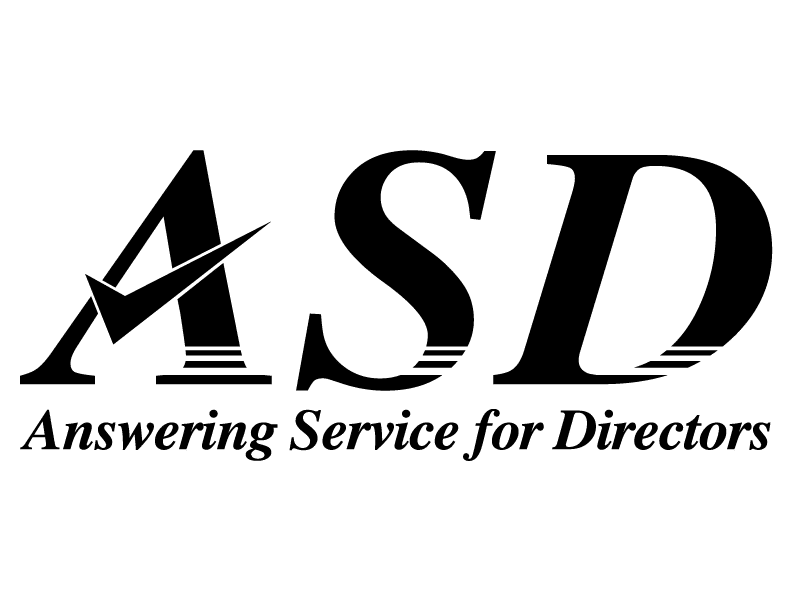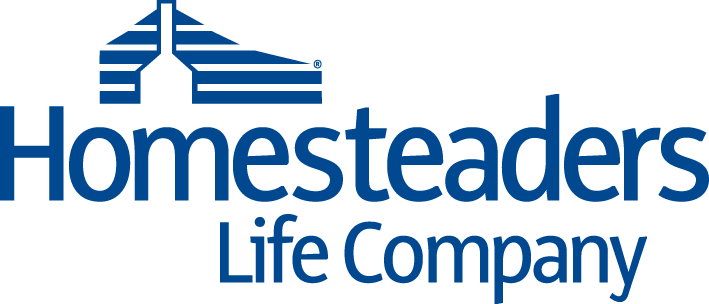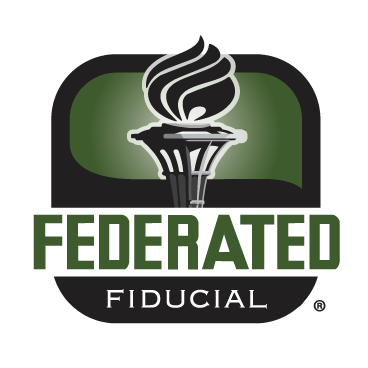The right funeral home software helps you address deathcare industry trends and their impact on your business.
Funeral home software plays an increasingly integral role in the deathcare market. The U.S. funeral home market–valued at $13 billion in 2024 (1)–is a sector where change comes slowly, but it does come.
Here are three trends to keep in mind, paired with discussion about how funeral home management software can help your deathcare business stay ahead of the curve.
AI in Funeral Home Software
Personalization is an important aspect of funeral home software, and today the need to offer highly tailored services intersects with the use of generative AI. It’s easy to see how a technology like this, which can rapidly compose and summarize information, could be useful in funeral home software for the deathcare industry–and why it is becoming increasingly popular in many sectors.
In a recent survey of large global companies, Mckinsey & Company reported that 71% of respondents indicate their organizations use generative AI regularly in at least one business function. (2)
Generative AI can be a way to significantly speed up personalizing services for customers in just about any market, including families served by deathcare businesses that use funeral home software.
But what does this mean for an industry steeped in the importance of direct, person-to-person interactions that honor personalization in a respectful way for families going through highly vulnerable experiences?
Some funeral home software companies are touting the use of AI for functions like automatically writing obituaries. This might seem like a “new” feature, but in fact the ability to automatically generate obituaries has been around for decades. Continental Computers introduced Obituary Writer as a feature of The Director’s Assistant® Web in 1995. We call it intelligence without the artificial.
The smart application of technology is a must for deathcare professionals using funeral home software. But, that doesn’t mean it’s necessary to adopt the latest bells and whistles. Often, tired-and-proven features are better suited to helping you take care of the families that depend on your respectful care.
Funeral Home Software for Crowdfunding
For most families, planning and paying for a funeral is an ‘unexpected’ process with little or no preplanning (3). Often this means that, when faced with the costs involved, family members attempt to share the burden. If this isn’t possible, they often turn to popular crowdfunding platforms.
This is understandable. But, mainstream crowdfunding services aren’t actually very well-suited for funerals. For one thing, the obligatory transaction fees may discourage donors. And, because funds raised are delivered to an individual designated as the recipient, there is no guarantee the money will actually be used to pay a funeral home for services.
And, since anyone can set up a crowdfunding account for personal use, there is nothing to prevent multiple individuals creating funds for the same funeral–fragmenting donor support and making it more likely for funds to be mishandled.
FundAFamily®, launched by Continental Computers in 2019, is a funeral home software crowdfunding tool designed specifically to help families pay for funerals and ensure that funeral homes get paid for their services.
Here’s how it works: only a funeral home can put up an obituary on FundAFamily®, and you don’t need a TDAW® license to do so. When someone makes a donation, the funeral home gets 100% of the money; no third-party transaction fees. If you do have a TDAW® funeral home software license, the money is connected to the family’s contract for that case, and the system automatically enters the payment for you.
In full disclosure, using FundAFamily® does require setting up a merchant account service. That’s well worth the minimal paperwork and subscription cost, though. Deathcare professionals who use FundAFamily® as a funeral home software tool consistently report that the platform pays for itself by helping them get money they would never receive any other way.
Funeral Home Software for Cremation Businesses
The growing popularity of cremation–it is now preferred over burial by at least 61% of Americans (4)–impacts the deathcare industry in a variety of ways. Many funeral directors find they need to use their funeral home software differently and adopt new forms of record-keeping to stay aligned with industry norms, client expectations, and regulations.
One example is that families who choose to cremate a loved one may divide the remains to scatter, be formed into physical keepsakes, or display at home. Families also now tend to be geographically dispersed, and deceased remains may need to be transported across significant distances. And, some states, like Illinois, have new regulations for chain-of-custody tracking (5).
All of this can complicate record-keeping for funeral directors and other deathcare professionals. Continental Computers has addressed these needs in a variety of ways with our funeral home software, including the following two innovations.
In 2016, we launched Smart Crematory Manager®, following extensive research into best practices for running a cremation business, including record-keeping. This included input from the Crematory Association of North America (CANA) and industry experts.
We used this expert guidance to reverse-engineer funeral home software a deathcare business can use to run a good, well-controlled, legal, reduced-liability crematory.
Last year, we introduced TDAtrak™, a digital system for tracking deceased remains. Using TDAtrak™–a feature included in the TDAW® funeral home software license–is easy: 1) Print a tracking tag–which includes a QR code and essential information about the deceased–and place the tag on a wrist band attached to the body. 2) Scan the QR code and record actions at each point in the chain of custody. No separate phone app required! 3) Print a report anytime to show tracking details.
Funeral Home Software for the Future
No doubt about it: funeral home software is a necessity for any modern deathcare professional. The right platform helps you manage all aspects of your business. Contact us anytime to learn more about TDAW® and our longstanding commitment to the industry.
—
Footnotes
- Grandview Research, “U.S, Funeral Homes Market Size & Trends, 2025-2030.”
- Mckinsey & Company, “The state of AI: How organizations are rewiring to capture value.”
- Funeral and Memorial Information Council: “New Study Shows Americans Recognize the Role of Memorialization in Healthy Healing Following the Death of a Loved One.”
- Cremation Association of North America, 2023
- Illinois deceased remains tracking regulation: Integrity in Death Care Act (IL SB2643)
—
This blog post is co-authored by Mae Kowalke and Wes Johnson.
Mae Kowalke
Digital Marketing Lead, Continental Computers
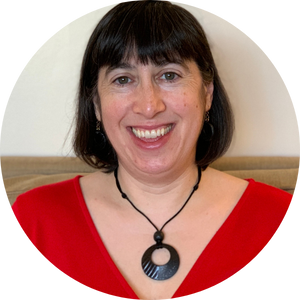
Mae grew up in rural Washington State and Vermont. In high school, she worked in public libraries and during college began her career in journalism before segueing into digital marketing. Mae holds a B.A. in Communications and has spent over two decades applying her writing superpower to help businesses communicate the value they bring to customers. Mae’s life experiences provide her with a broad and deep understanding of researching, organizing, and communicating meaningful information to both businesses and consumers.
Wes Johnson
President/CEO, Continental Computers
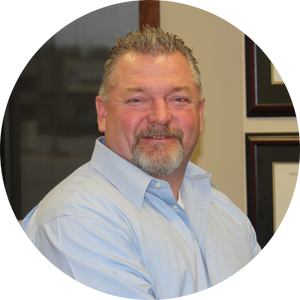
Wes grew up in the southern United States as an underprivileged child, and went on to serve active duty in the U.S. Army for a decade. Wes holds a B.S. in accounting and an MBA, and is a practicing licensed funeral director. These life experiences provide him with a unique perspective in the death-care industry. He understands the dynamics between the family and the funeral director, including the difficulty families face to pay for funerals. “Let’s solve problems together,” he says.




